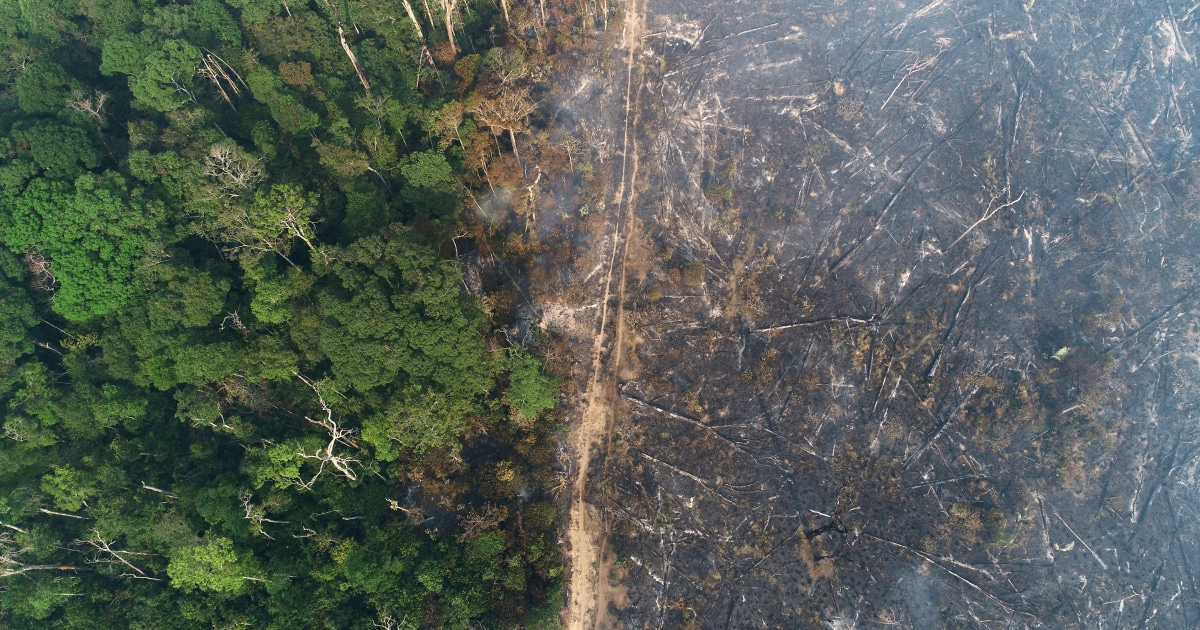According to a new assessment published by a London-based Botanic Gardens Conservation International (BGCI) around 18% of India’s tree species are facing extinction. Moreover, on a global scale, almost 30% of tree species in the wild are facing a similar threat.
India has 2,603 tree species, of which 650 are endemic or native to certain parts of the country and 469 of them might disappear soon, the study noted.

The Global Assessment was studied over five years and has been undertaken by 500 experts to collect data of extinction risk for 58,497 tree species worldwide.It noted that at least 142 tree species are already extinct in the wild and 30% of trees might face the same fate.
The report has warned that soon an ecosystem collapse might be in order due to the increasing amount of tree diversity loss.
It already highlighted the conservation measures which are currently in use for the protection of tree species. Over two-thirds of tree species are seen in at least one protected area and about a third of tree species are found in botanic gardens or seed banks.However, it is still not enough if the world wants to maintain its tree diversity and have ecosystem restoration.
The report stated, “Assuming that Data Deficient species are equally likely to be threatened as all other tree species, we can estimate that 38.1% of tree species are classified as threatened.”

It added, “The main threats to tree species are forest clearance and other forms of habitat loss, direct exploitation for timber and other products, and the spread of invasive pests and diseases.Climate change is also having a measurable impact.”
The highest number of trees are observed in Central and South America, followed by the other tropical regions of Southeast Asia and Africa.
The highest proportion of threatened species is found in Tropical Africa, which includes Madagascar which is one of the countries with the highest level of threatened trees.
On the other hand, the Temperate zones of Europe, Asia, and North America which have comparatively less tree diversity also have fewer numbers of threatened species, noted the report.
Moreover, it highlighted that on average, 11 per cent of the flora or plant life found in every country was one of the threatened species. In the case of Madagascar, the case is even worse, as 59% of the species that constitute the tree diversity in the country are threatened species, wrote DownToEarth in its analysis.
The report cited the International Union for the Conservation of Nature’s Red List, 2020 to foreground the major threats facing trees globally.

It includes agriculture (29%), logging (27 %), livestock farming (14%), residential and commercial development (13 per cent), fire and fire suppression (13%), energy production and mining (nine per cent), wood and pulp plantations (six per cent), invasive and other problematic species (five per cent) and climate change (four per cent).
In the case of India, Bivash Pandav, director of Bombay Natural History Society told the HT Times, “India has a very well-established network of Protected Areas (PAs) that encompass nearly 5% of its landmass. These PAs that are backed by strong legislations are the hotspots of biodiversity in the country.
Besides, community-owned lands in large parts of Northeast India are also major sources of biodiversity. Legislations such as Forest Conservation Act, Wildlife Protection Act and Biodiversity Act are majorly responsible for protecting India’s rich biodiversity.”

But he also added that the ever-increasing human population, expansion of agriculture, demand for natural resources, and linear development projects are some of the serious concerns which are threatening the biodiversity in the country. “Maintaining the sanctity of PAs and adhering to the principles of green infrastructure is a must to safeguard India’s biodiversity,” said Bivash.
















